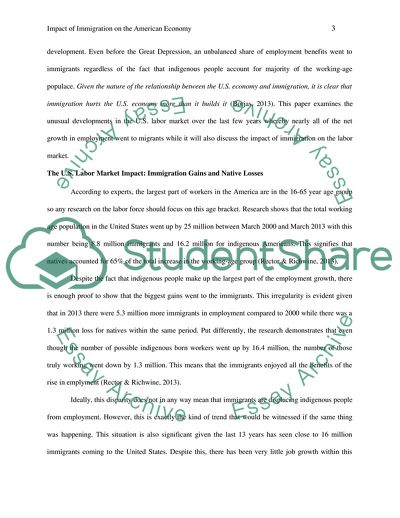Cite this document
(Impact of Immigration on the American Economy Coursework Example | Topics and Well Written Essays - 2750 words, n.d.)
Impact of Immigration on the American Economy Coursework Example | Topics and Well Written Essays - 2750 words. https://studentshare.org/macro-microeconomics/1811669-what-the-impact-of-immigration-on-united-states-ecomomy
Impact of Immigration on the American Economy Coursework Example | Topics and Well Written Essays - 2750 words. https://studentshare.org/macro-microeconomics/1811669-what-the-impact-of-immigration-on-united-states-ecomomy
(Impact of Immigration on the American Economy Coursework Example | Topics and Well Written Essays - 2750 Words)
Impact of Immigration on the American Economy Coursework Example | Topics and Well Written Essays - 2750 Words. https://studentshare.org/macro-microeconomics/1811669-what-the-impact-of-immigration-on-united-states-ecomomy.
Impact of Immigration on the American Economy Coursework Example | Topics and Well Written Essays - 2750 Words. https://studentshare.org/macro-microeconomics/1811669-what-the-impact-of-immigration-on-united-states-ecomomy.
“Impact of Immigration on the American Economy Coursework Example | Topics and Well Written Essays - 2750 Words”. https://studentshare.org/macro-microeconomics/1811669-what-the-impact-of-immigration-on-united-states-ecomomy.


